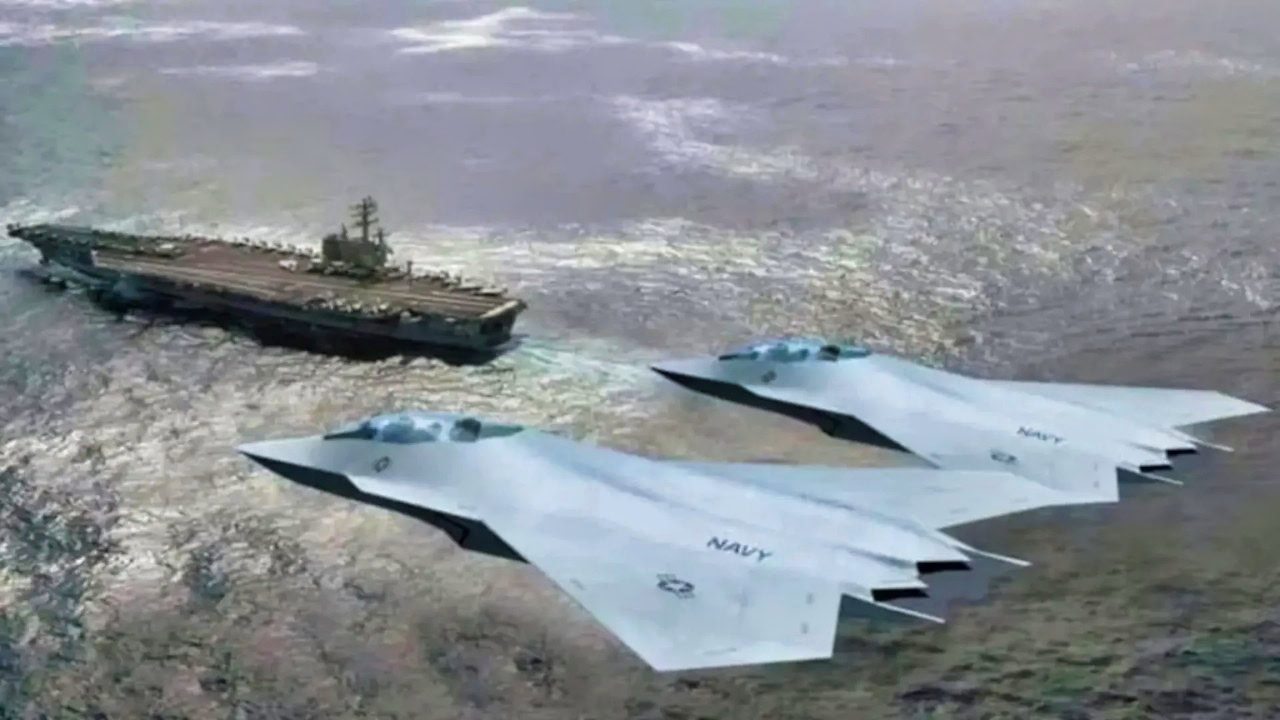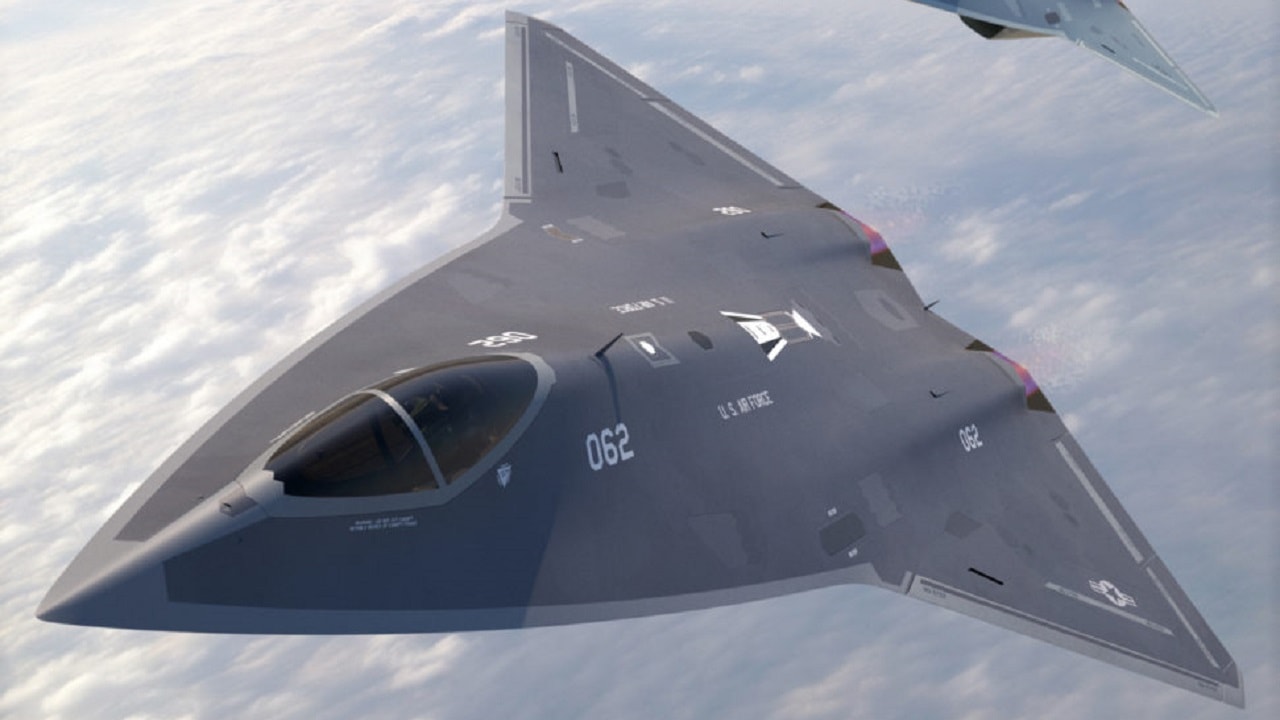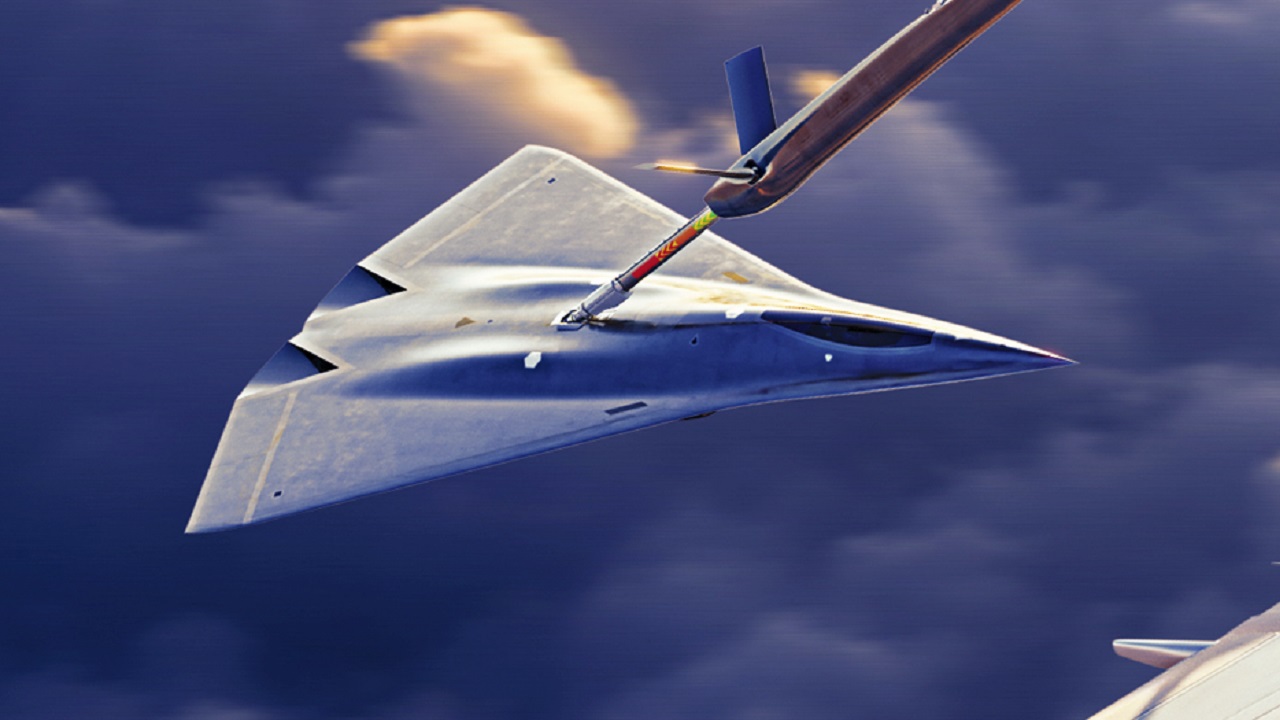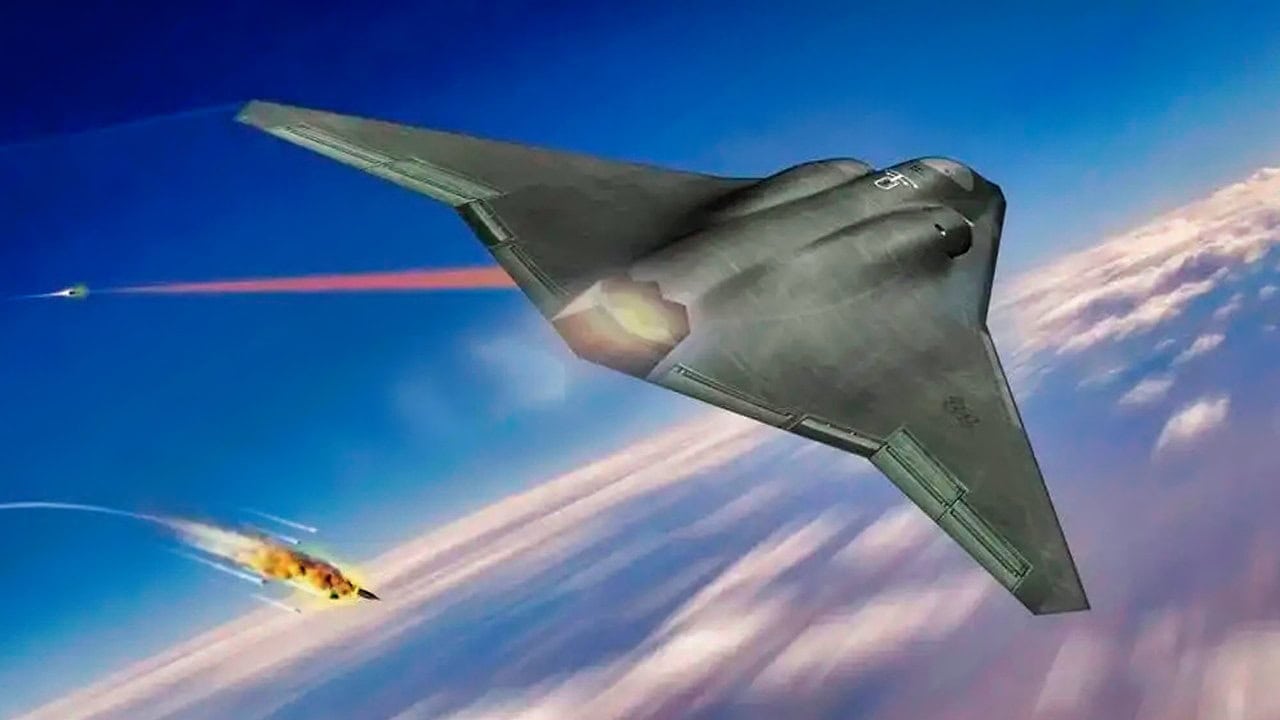Key Points and Summary: The U.S. Navy is developing the F/A-XX, a sixth-generation fighter under the Next Generation Air Dominance (NGAD) program.
-Expected to enter service in the 2030s, this stealthy, long-range strike fighter will address shortcomings of current carrier-based aircraft, particularly range and payload.

F/A-XX Fighter for US Navy. Navy graphic mockup.
-Designed to operate alongside AI-powered drones, it may feature adaptive engines, laser defenses, and larger internal weapons bays to carry missiles like the AIM-174.
-With China expanding its carrier fleet, the F/A-XX is critical for maintaining U.S. naval air superiority in the Pacific. Its success could determine the balance of power at sea in the coming decades.
F/A-XX: The Navy’s NGAD
Sometime in the 2030s, the US Navy will fly its vision of a sixth-generation fighter jet. The F/A-XX is the Navy’s opportunity to put the absolute cutting edge in aerospace technology on aircraft carriers and compensate for the shortcomings of current carrier-based fighters.
At stake is America’s air superiority advantage at sea, increasingly being challenged by a small but growing Chinese aircraft carrier fleet.
International Naval Air Fleets
Since World War II, the US Navy has enjoyed a commanding advantage in naval aviation. Even in the 1980s, at the height of its military power, the USSR fielded just four Kiev-class carriers, each equipped with a meager air wing of 12 Yak-38 vertical takeoff and landing fighters.
After the Cold War, lacking a credible adversary at sea, the Navy’s carrier air wings emphasized supporting land operations in locations such as Afghanistan, Iraq, Libya, and Somalia. At the same time, the air wing de-emphasized certain missions and priorities, such as air superiority, anti-submarine warfare, long-range missions, and operating in highly contested airspace.
China’s naval buildup, unprecedented in the post-Cold War era, is slowly but steadily eroding the US Navy’s advantage, not only in overall ship tonnage but sheer capabilities. China commissioned its first aircraft carrier, Liaoning, in 2012, followed by its sister ship, Shandong. In 2022, it launched the new Fujian, which differs from previous ships in using an electromagnetic catapult system to launch fixed-wing aircraft. Other aircraft carriers are assessed as likely, with China likely fielding a fleet of five or six carriers, possibly even more, by the 2040s.
Furthermore, China is on track to replace its existing Shenyang J-15 “Flying Shark” carrier-based fighters with the new J-35 fighter and possibly an even newer fighter spotted in December 2024.
US Addresses Threats
The US Navy’s answer to the rising Chinese threat is the Next Generation Air Dominance program, designed to produce a new, sixth-generation fighter. The Navy’s own NGAD is a completely separate effort from the Air Force’s own NGAD program, also meant to generate a new sixth-generation fighter.
The Navy’s NGAD or F/A-XX will be tailored to the prospects of fighting over the vastness of the Indo-Pacific region against an adversary with modern fighter jets, modern sensors, and the range to attack enemy carriers from hundreds and even thousands of miles away. In other words, it’s nearly the complete opposite of the post-9/11 threat.

F/A-XX. Image Credit: Creative Commons.
What F/A-XX Is Being Built to Do
F/A-XX is the Navy’s chance to address the panoply of new threats. The F-35 Lightning II, while still the most technologically advanced fighter in the world, cannot easily address some of its shortcomings versus the threats, particularly the issue of range and a relatively small ordnance loadout.
The F-35, in order to preserve its stealthy characteristics, must store all fuel and weapons internally. This locks the fighter to a preset amount reserved for literally the fighter’s design lifetime, and while it can, like all fighters, store fuel and weapons externally, doing so makes the fighter more detectable to enemy radar.
The set volume issue is problematic in other ways. The fighter cannot, for example, carry the new AIM-174 missile internally. The AIM-174 is the air-to-air version of the shipborne SM-6 interceptor and was developed in order to give Navy strike fighters a longer ranged missile against aerial threats. The problem is that the missile, designed for deployment on cruisers and destroyers, is a whopping 21 feet long, longer than the F-35’s internal weapons bay. The only aircraft that can currently carry AIM-174 is the F/A-18E/F Super Hornet, externally on wing-mounted rails. While the F-35 might be able to carry the new missile externally, that would leave the fighter vulnerable to detection.
The Navy has kept a tight lid on F/A-XX, so we can only speculate on what kind of aircraft the service is working on. One thing for sure is that it will be a strike fighter, with both air-to-air and air-to-ground capabilities, as aircraft are simply too expensive to specialize.

NGAD 6th Generation Fighter: Original artwork courtesy of Rodrigo Avella. Follow him on Instagram for more incredible aviation renders.
Another is that it will operate as part of a team with high-performance, jet-powered robotic wingmen. A virtual certainty is it will be larger than the F-35, precisely to address the range and payload issues. A weapons bay of 23 feet would allow the F-35 to carry the AIM-174 internally, as well as future weapons down the road, especially cruise missiles and long-range hypersonic weapons with large rocket motors. Larger internal fuel tanks would allow F/A-XX to have a range greater than the F-35’s combat radius of 600 miles, or the distance it can fly to and from a target while armed for a combat mission.
Naval NGAD Could Be a Game-Changer
F/A-XX could also take advantage of other new technologies. One under development for nearly a decade is a built-in laser weapon designed to shoot down incoming enemy missiles. Another is artificial intelligence, which offers the ability for the pilot to hand off specific aircraft management tasks to an AI assistant.
An adaptive cycle engine, capable of self-optimizing for subsonic or supersonic flight, could further boost fighter’s range. F/A-XX could even be optionally manned for particularly dangerous missions, the aircraft flying autonomously as it navigates enemy air defenses.
F/A-XX is set to join the fleet in the 2030s, and it will replace the F/A-18E/F Super Hornet on carrier flight decks. The aircraft is the Navy’s opportunity to reset the aircraft carrier to address today’s threats, and tomorrow, adding critically needed capabilities while still leaving room for growth.

Lockheed Martin NGAD Fighter. Image Credit: Lockheed Martin.
The success—or failure—of F/A-XX will decide whether or not American, or Chinese carriers will dominate in the 21st Century.
About the Author: Kyle Mizokami
Kyle Mizokami is a writer on defense and security issues and has been at Popular Mechanics since 2015. If it involves explosions or projectiles, he’s generally in favor of it. Kyle’s articles have appeared at The Daily Beast, U.S. Naval Institute News, The Diplomat, Foreign Policy, Combat Aircraft Monthly, VICE News, and others. Kyle is also a Contributing Editor for 19FortyFive. He lives in San Francisco.

